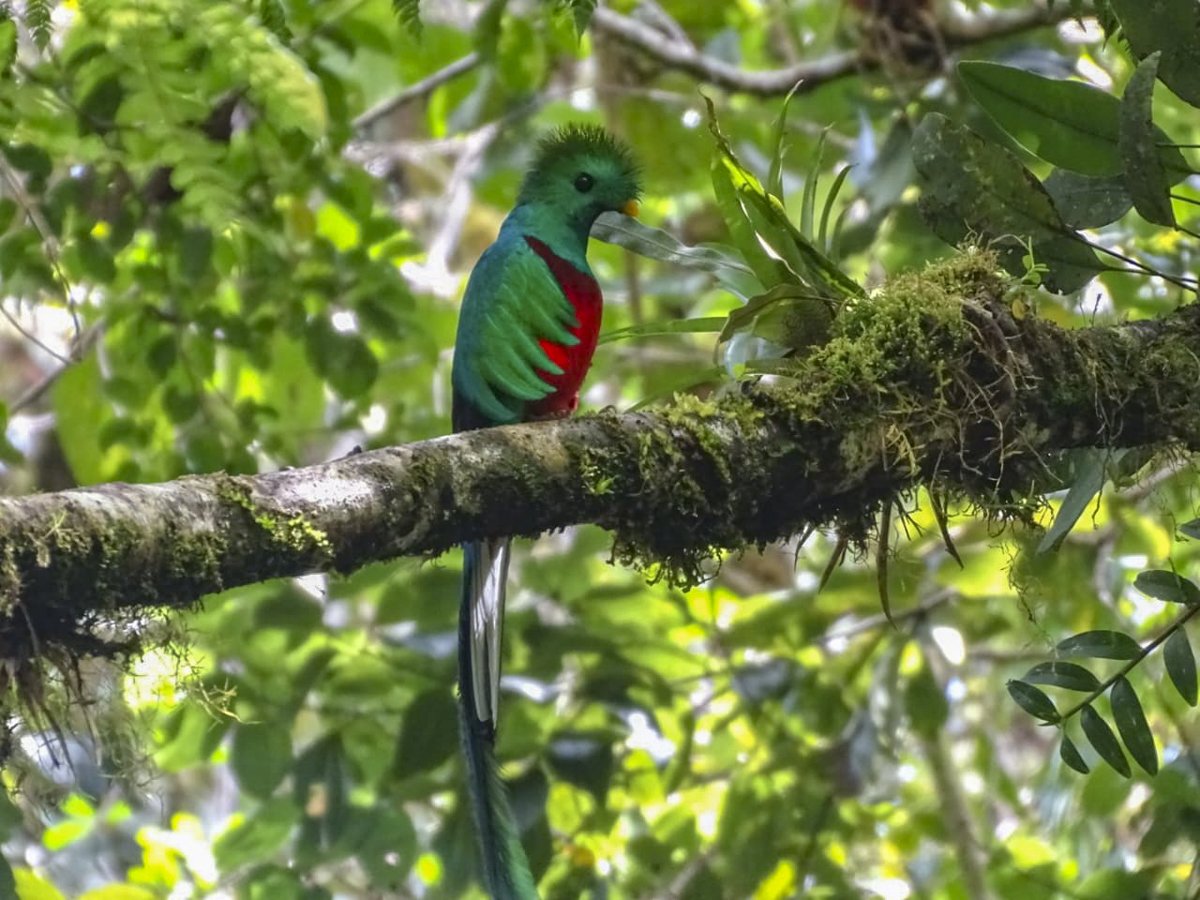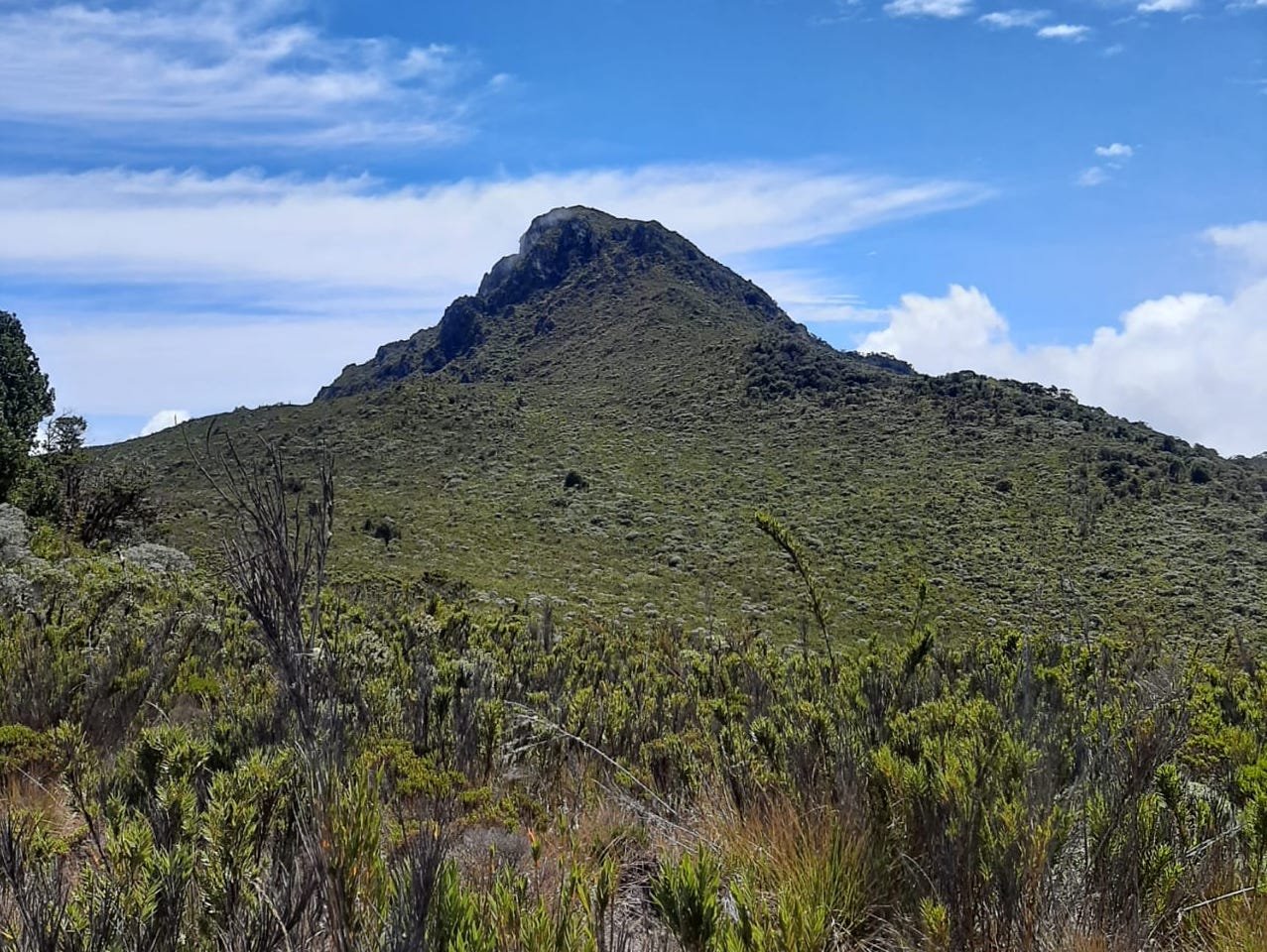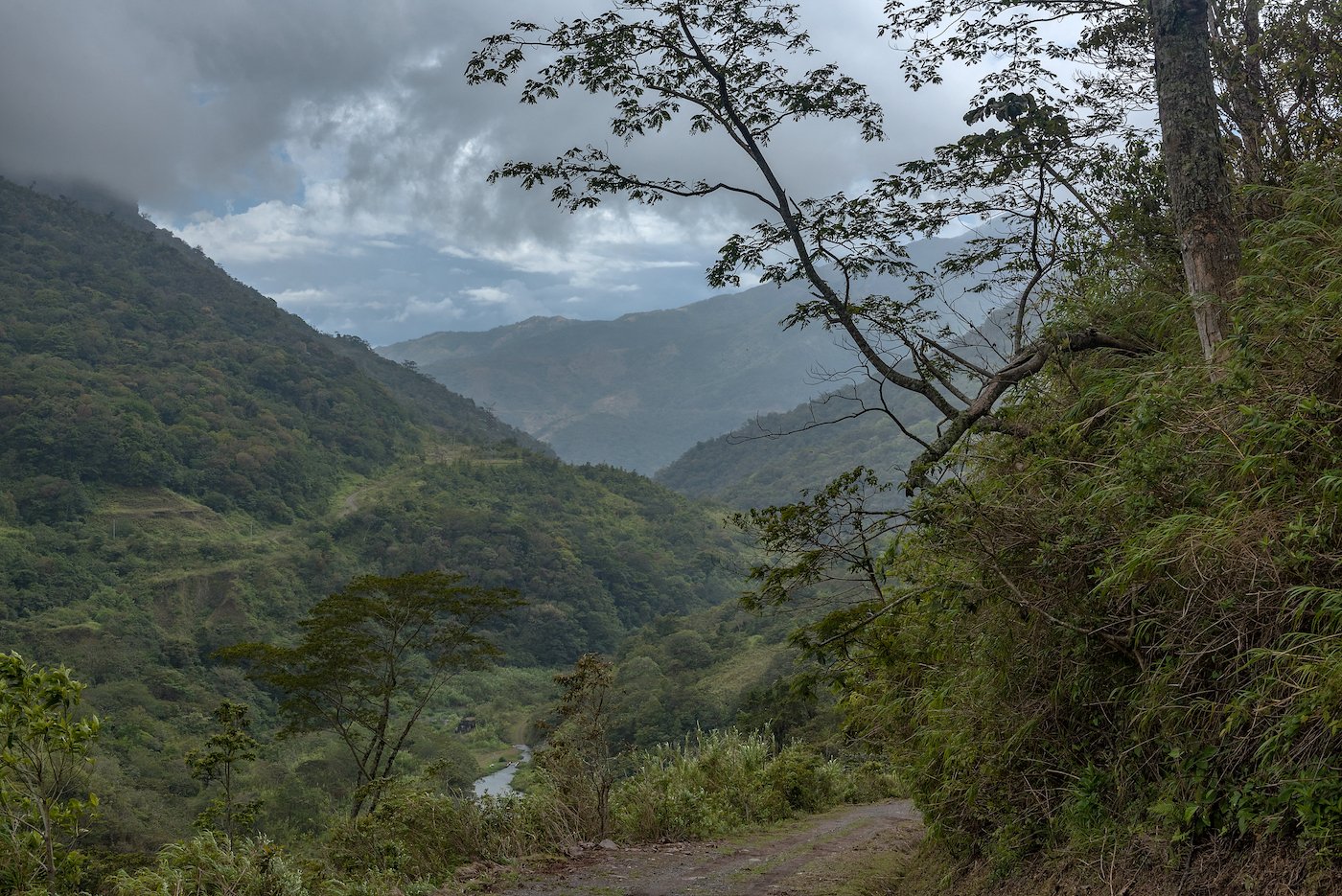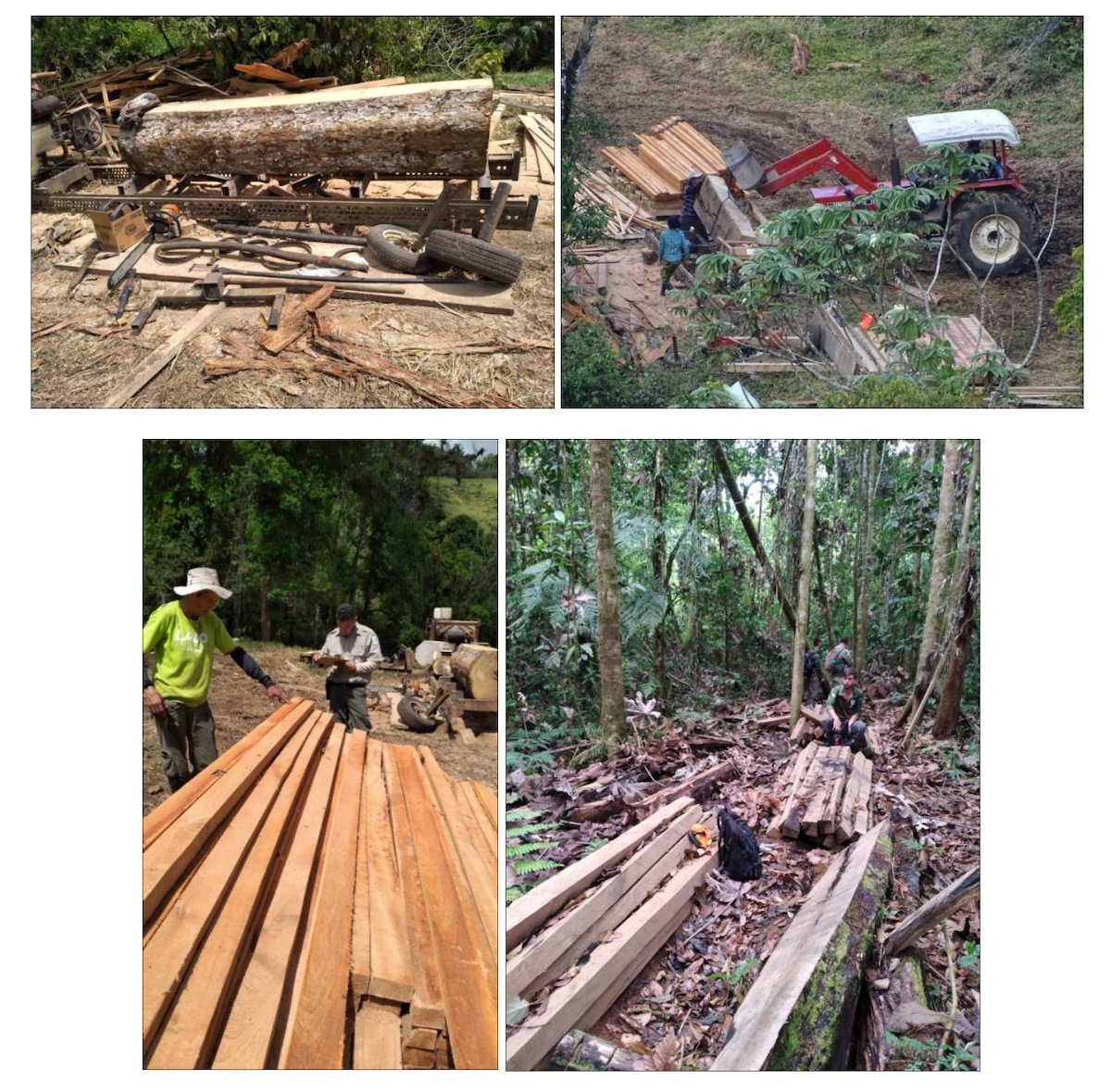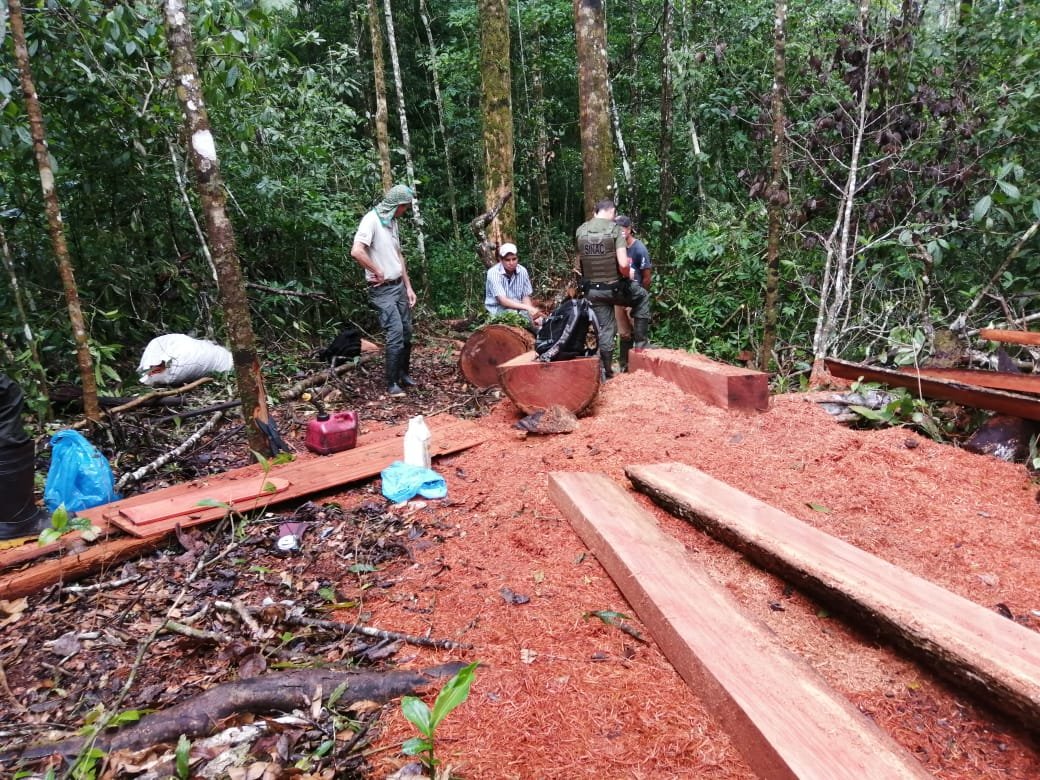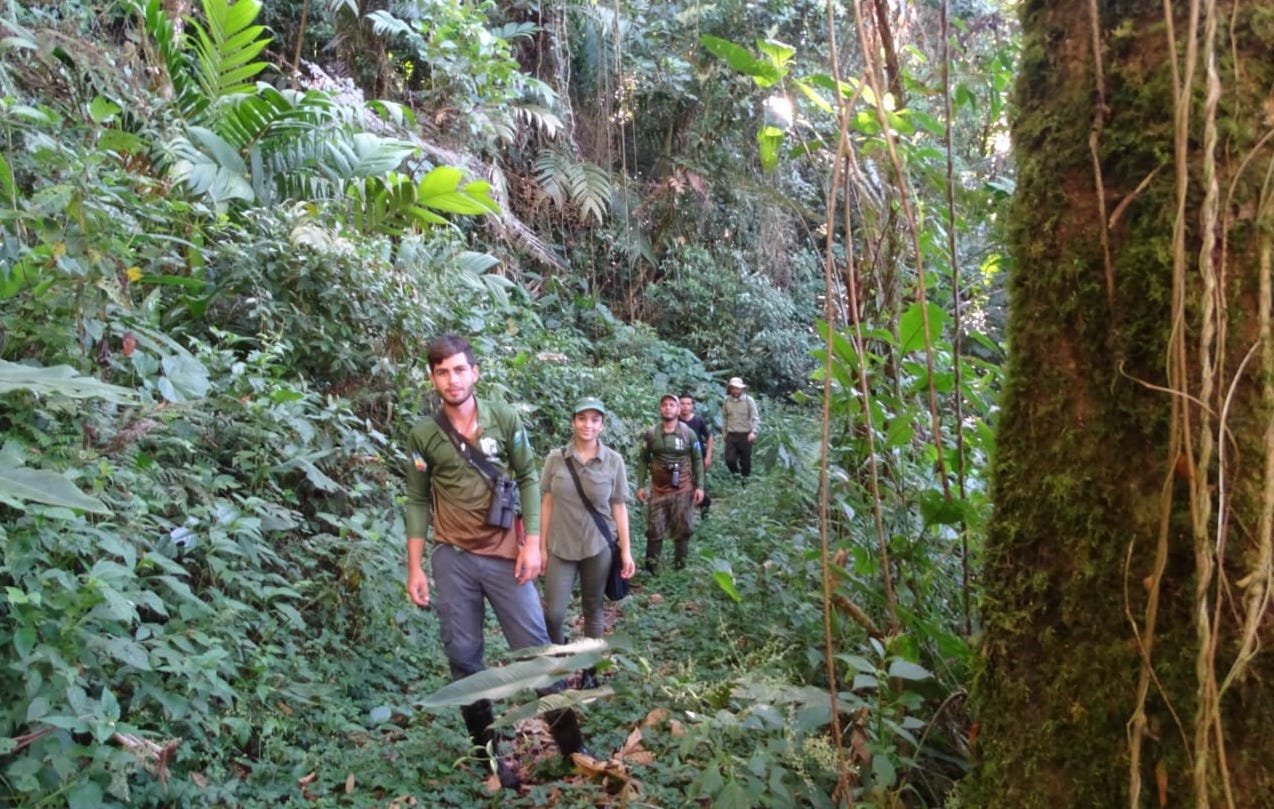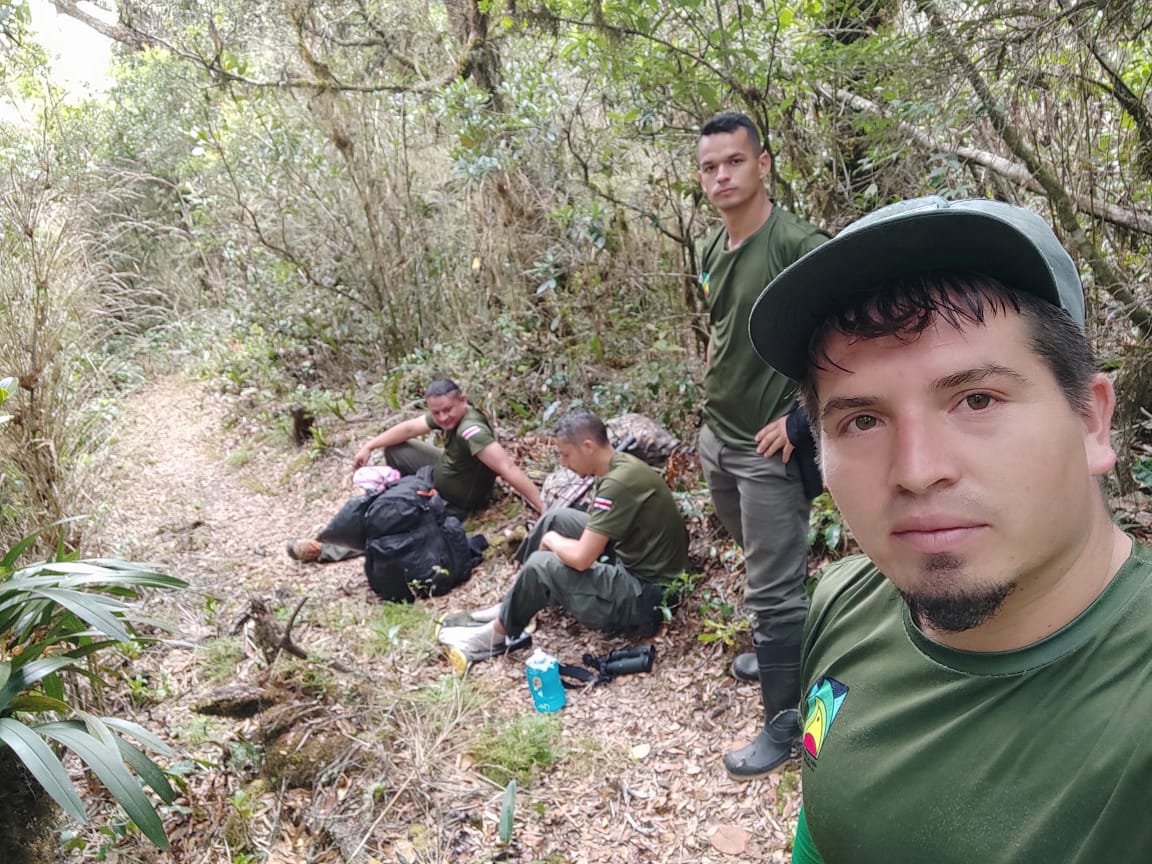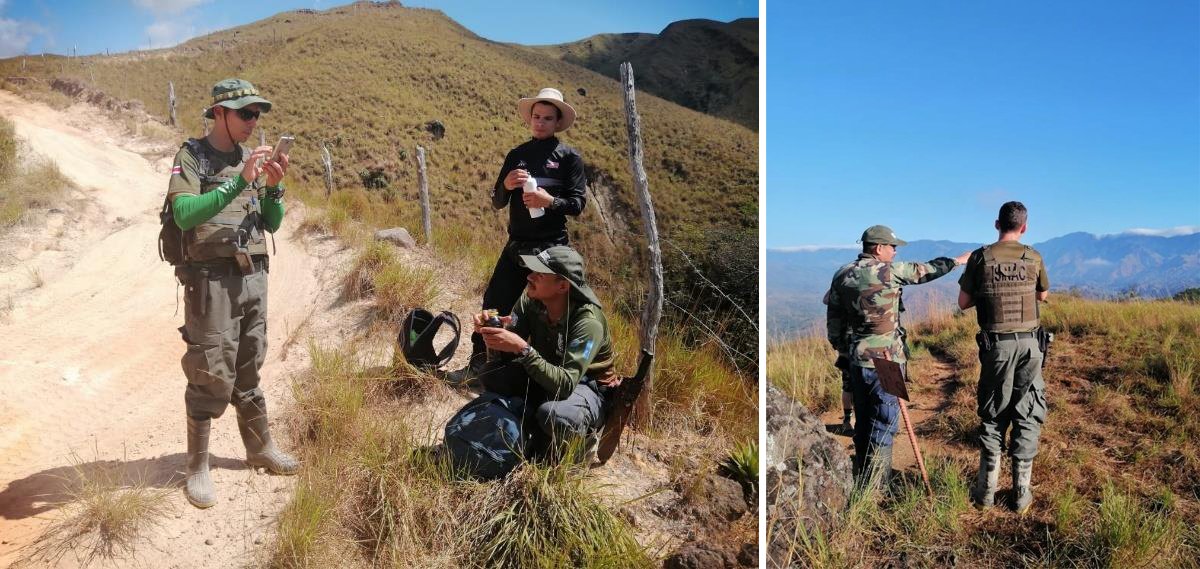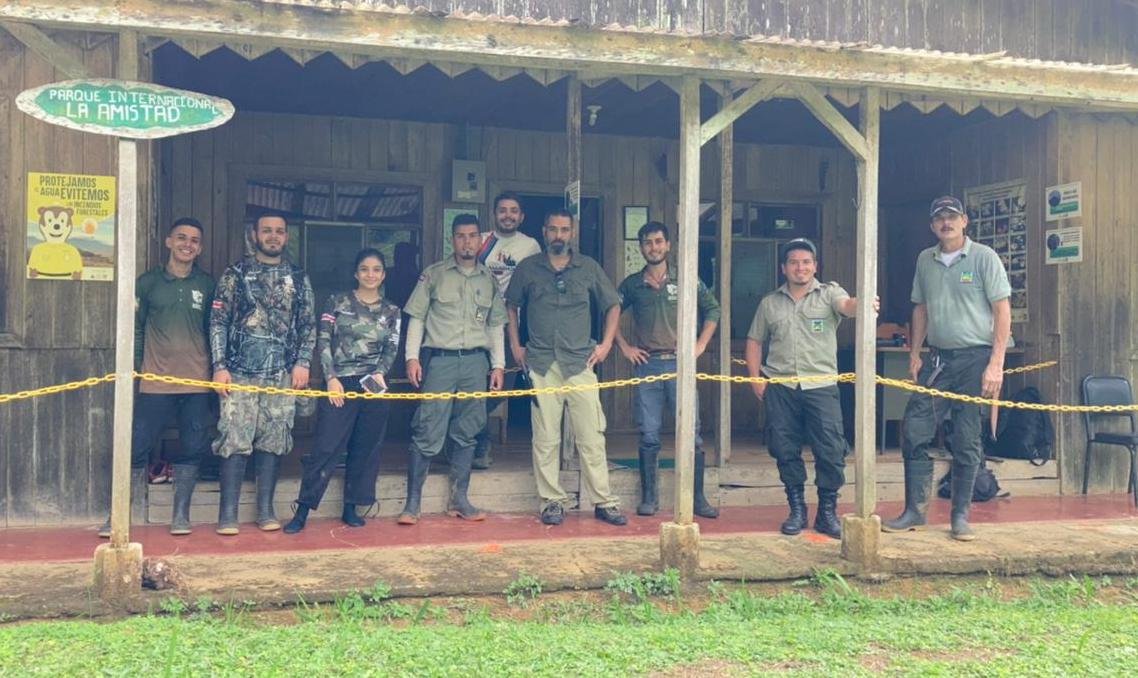La Amistad International Peace Park, Costa Rica & Panama
OVERVIEW
La Amistad International Park is a transboundary protected area and World Heritage Site that is shared between Costa Rica and Panama. PILA protects a mosaic of diverse habitats and an extraordinary number of endemic species, found nowhere else on Earth. It harbors about 20% of Central America’s and about 60% of Costa Rica’s species diversity and more virgin forest than all of the other parks in Costa Rica combined.
Introduction
The Cordillera de la Talamanca rises like a curving backbone along Central America, a string of mountains that have bridged the North and South American continents as oceans have risen and fallen across millennia. This is the highest – and the wildest – non-volcanic mountain range in Central America.
The geological history of the Talamancas can be read in the glacial cirques, amphitheater-like valleys carved by ice, and the glacial lakes nestled within them. Still, water shapes this landscape as countless rivers and creeks spring to life here, forming spectacular waterfalls..
Much of this mountain range is protected by La Amistad International Park (Parque Internacional La Amistad, PILA), a transboundary protected area and World Heritage Site that is shared between Costa Rica and Panama. Covering more than 570,000ha across those two countries, including a 15km-wide buffer zone, it is the largest nature reserve in Central America.
Natural and Cultural History
PILA protects a mosaic of diverse habitats, including tropical lowland forest, cloud forest, high-altitude peatlands, and even the northernmost occurrence of the tundra-like páramo ecosystem on Earth. Its peaks are like islands in the sky, isolated from one another across the ages, allowing new species to separate and evolve. As a result, this varied landscape has birthed an unusual richness of species and an extraordinary number of endemic species, found nowhere else on Earth.
Now, PILA is an incredible biodiversity resource for both the region and the world, harboring about 20% of Central America’s and about 60% of Costa Rica’s species diversity. La Amistad covers 15% of the total protected area of Costa Rica and protects more virgin forest than all of the other parks in Costa Rica combined.
"La Amistad is part of a huge system of protected areas that covers pretty much half of the country of Costa Rica, from the Panama border to the Central Valley. La Amistad connects to Parque Nacional Chirripó, which contains the highest mountain in Central America, as well as to Parques Nacionales Cerro de la Muerte and Los Quetzales. Altogether, these create the Reserva de la Biosfera La Amistad. Some of those areas almost touch the Caribbean coast of Costa Rica. That makes La Amistad very, very special. La Amistad is the only bi-national protected area that we have in Costa Rica; it continues south to Panama’s Parque Nacional Volcán Báru, Central America’s highest volcano."
- Max Villalobos, GC Director for Central America
In Costa Rica, PILA is nearly surrounded by other parks and reserves for the indigenous Chirripó, Tayni, Telire, Talamanca, Ujarras, Salitre and Abagra peoples. Several indigenous tribes – including the Naso, Bribri, and Ngöbe-Buglé – live within the park in small, traditional villages. The human occupation of this stark landscape is not new – various pre-ceramic archaeological sites are scattered among these still-sacred mountains. The park’s buffer zone includes coffee and beef producers and indigenous subsistence farmers.
Most of the park’s steep and difficult terrain remains unexplored. Its exploration is likely to unearth a trove of new species; already, new plant and insect species are being discovered here on a regular basis.
Saving La Amistad International Park
Read about GC's First Mission to La Amistad.
This amazing landscape is being threatened by poaching, illegal extraction of resources, forest fires, land tenure issues, and the propagation and trafficking of illicit drugs. An extreme shortage of staff for patrolling the park and responding to threats is also a major problem; up to now, only six people have been responsible for protecting more than 200,000ha.
An emerging pineapple industry along the park’s borders is also a threat, along with smallholder farming and cattle ranching. These activities result in human-wildlife conflict, which often ends badly for the wildlife.
Farmers in the surrounding areas experience predation of their livestock by jaguars, and destruction of their crops by tapirs and peccaries. These conflicts can lead to retaliatory killings of wildlife. Master's students at the International Institute for Wildlife Conservation and Management (ICOMVIS) of the Costa Rican National University found that farmers in PILA's buffer zone have suffered more than $45,000 USD in wildlife-related damages since 2015 (around $34,000 in livestock and $11,000 in crops).
Consequently, a critical component of protecting PILA will be human-wildlife conflict mitigation, including supporting farmers by erecting fences/barbed wire to exclude wildlife. Since poachers also use these farms to enter PILA illegally, we will also provide signage to the farmers to indicate that no hunting or entry is allowed.
GC is working together with the PILA Authority and the Costa Rican National System of Conservation Areas (SINAC) to launch a 5-year Global Park Defense Program. Implementing Global Park Defense in La Amistad is critical for protecting declining populations of jaguars and endangered white-lipped peccaries, as well as conserving some of the most unique habitats in Central America.
Our Global Park Defense program will consist of improvements to the communications systems, a cellular trail camera network, and improved patrols. GC will fund 20 Community EcoGuards to focus on high-priority threats, including: hunting and other uses of wildlife; extraction and other uses of wildlife and natural resources; forest fires; land tenure issues; and sowing of illicit crops, as monitored through aerial patrols.
Already, Global Conservation has donated critical equipment including 2 laptops, Garmin InReach GPS Units, smartphones for SMART patrols, and cellular trail cameras. We have also provided basic training on the use of GPS units and trail cameras.
"What we’re doing now with Global Conservation is responding to [a lack of personnel] with technology. Camera traps connected to the cellular network alert rangers to possible illegal activity in real time. GPS’s with the capacity to send text messages via satellite help improve the safety of rangers in the field. These things help to compensate for a lack of staff. It’s a great strategy. That said, technology alone is probably not enough. We need to get more people in the field. [During the first mission], that’s what we’ve done. We’re training community volunteers, community rangers. We created five new patrols that will cover the whole Pacific slope of the park. And we're already finding incredible stuff – both illicit activities like logging, and also important wildlife. We’ve found more this month than we did in the last year, the whole year, because they don't have the capacity to cover the whole area."
- Max Villalobos, GC Director for Central America
In the first stage, the focus will be on prevention, control, and protection work. Four operational and 6 secondary bases have been established, and camps will be installed for overnight patrols. Patrols will consist of GC EcoGuards and SINAC officials, in order to identify hunting threats, extraction of other forest products, and land tenure issues. Volunteers have also been recruited in order to increase the capacity of the PILA teams.
Key Achievements to Date
In the first phase of rolling out our Global Park Defense program, we have already achieved significant success in PILA.
1892 patrol hours invested during 70 patrols.
30 crimes stopped as a result of those patrols, including poaching, illegal logging, illegal fishing, and illegal entry
16 seizures of equipment and goods related to illegal activity, including chainsaws, timber, knives, firearms, a tractor, a truck, bushmeat, and hunting dogs
11 legal cases pursued
8 environmental complaints filed related to illegal trail opening, poaching, and forest fires
4 responses to human-wildlife conflict regarding big cats and livestock, including establishing anti-predatory measures in 2 cases
90 workdays invested by volunteers in tasks like maintenance, biological monitoring, threat assessment, and trail improvement
Training to improve capacity for using the SMART systems
Priorities for the coming years of our Global Park Defense Program in PILA
Extend contract of 16 volunteer rangers
Gather more data with camera traps and recon missions
Complete trail camera, GPS, and SMART training and standardize their use
Design a camera trap network based on coverage and accessibility
Provide 10 more cellular trail cameras, 15 standard trail cameras, and 2 more GPS units
Map cell service availability throughout the park
Provide a drone to extend the range of PILA’s limited staff
Provide firearms training for rangers covering safety, maintenance, and shooting
Procure equipment for extended patrols, including hammocks, packs, and flashlights
Improve knowledge of zone 5, the least accessible and most poorly known area of the park
Improve tourist infrastructure
Re-establish joint patrols with Panama
Establish a fund to compensate ranchers for livestock lost to jaguar attacks, and encourage reporting of jaguar and white-lipped peccary sightings
Provide satellite internet for remote bases, and an internet signal booster for the main office command center
Obtain flyover or satellite imagery on zone 5 to identify trails, deforestation, or possible hunting camps
Community Protection: The Naso Kingdom of Panama
Global Conservation’s collaboration with the Naso People is core to our work in park and wildlife protection of PILA. During our first mission to the park, we held meetings with the King of the Naso, Reynaldo Santana, and the Council of Seven Communities of the Naso Kingdom to solidify areas of cooperation for protecting the forest and wildlife of the Naso Kingdom and PILA. Led by Max Villalobos, Director of Central America, we presented Global Conservation’s strategy in Panama to protect Darien and La Amistad National Parks, and Coiba Marine National Park – all 3 of Panama’s Natural UNESCO World Heritage. With the Naso Kingdom, we agreed on an initial 18-month Pilot Protection program focusing on 2 high threat / high biodiversity areas of the Naso Kingdom.
In 2021, the Naso people of Panama won the rights to ancestral territory in a landmark court ruling. Under this ruling, the tribe will now help manage two national reserves, including PILA. Evidence has shown that indigenous people are often the best stewards of their land. In fact, deforestation rates in Naso are only a fraction of those in areas protected by the Panamanian government.
Panama's Supreme Court ruling upholds the claim of the Naso people to create a semi-autonomous territory covering 400,000 acres of ancestral land. The indigenous Naso, who number about 3,500, live in villages, grow subsistence crops, maintain their own forests and native language, and elect their own monarch.
While PILA will continue to exist, it will now be managed jointly by the Naso and the Panamanian government.
“This is an act of justice that will restore tranquillity to the Naso by securing our land,” says the King of the Naso, Reynaldo Santana. “We will be able to continue what we know best and what our culture and way of life represents: taking care of our mother earth, conserving a majestic forest, and protecting the country and the planet from the effects of climate change.”
Species Facing Extinction
PILA has important populations of jaguars and giant anteaters.
The giant anteater is one of the most unique mammals in the world. Fewer than 5,000 are thought to remain across their range.
The jaguar is the largest feline in the Americas, a valuable component of the ecosystem as a top predator and an iconic symbol of South American culture.
Partners in Conservation
Parque Internacional la Amistad Authority
Fighting fires that threaten PILA's forests.
La Amistad in the News
The Costa Rica News - Get to Know More about La Amistad International Park
The Costa Rica News - Have You Visited La Amistad International Park?: A World Heritage Site
Outside - The Ultimate Adventure Guide to Costa Rica
The Tico Times - Jaguars in Costa Rica Are in Danger: Building Pathways
Mongabay - Reforestation projects should include tree diversity targets, too
Arizona State University - Building a Future for the Jaguar
Mongabay - A plane survey of Central America’s last remaining forests



